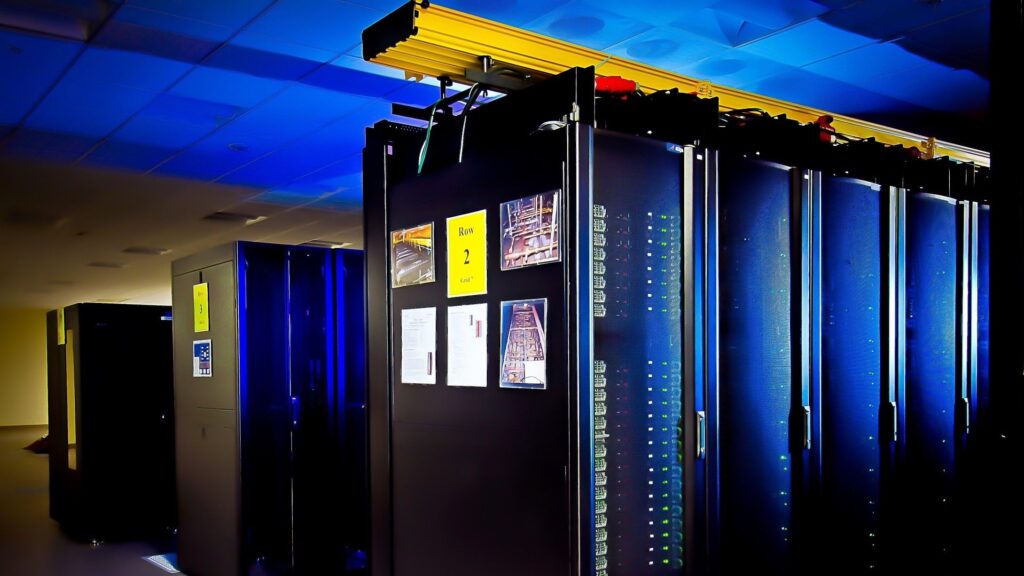- Lux and Discovery supercomputers will combine EPYC CPUs, Instinct GPUs and advanced networking
- The Lux AI supercomputer is labeled as America’s first “AI factory”
- Discovery builds on Frontier’s legacy with greater bandwidth and improved efficiency
The US Department of Energy has announced a $1 billion collaboration with AMD to provide two supercomputers, Lux and Discovery, at Oak Ridge National Laboratory (ORNL).
AMD says the partnership will help it deliver computing platforms that advance energy, health and national security research, with both systems part of federal efforts to maintain a lead in artificial intelligence and high-performance computing.
Lux, due in early 2026, and Discovery, set for 2028, are being developed with HPE and Oracle.
Lux and Discovery – two heavyweight systems
“We are proud and honored to partner with the Department of Energy and Oak Ridge National Laboratory to accelerate America’s foundation for science and innovation,” said Dr. Lisa Su, Chairman and CEO, AMD.
“Discovery and Lux will use AMD’s high-performance and AI computing technologies to advance the most critical US research priorities in science, energy and medicine, demonstrating the power of public-private partnerships at their best.”
The systems will combine AMD’s Instinct GPUs, EPYC CPUs and networking hardware to expand national computing capacity and power future AI tools.
The Lux AI system is described by the Department of Energy as the first dedicated US “AI factory” for science and research, used to train and fine-tune foundational models designed for fields such as biology, materials science and clean energy.
Its architecture is tailored for data-heavy workloads that cannot be handled by a regular workstation.
Despite the strong technical claims, there is limited independent verification of how Lux will perform once installed.
Its joint development with cloud providers such as Oracle raises questions about how much of the infrastructure remains sovereign and under direct federal control.
“Oracle will provide superior, high-performance AI infrastructure that will support the joint development of the Lux AI cluster,” said Mahesh Thiagarajan, executive vice president, Oracle Cloud Infrastructure.
Discovery, planned as the successor to the Frontier supercomputer, will use AMD’s next-generation EPYC CPUs and MI430X GPUs.
“The Discovery system will drive scientific innovation faster and further than ever before,” said ORNL Director Stephen Streiffer.
The project is expected to increase bandwidth and efficiency while keeping energy consumption stable, a goal that remains to be proven.
Its backers at Oak Ridge say it will expand DOE’s ability to simulate scientific processes and design materials, reactors and catalysts at record speed.
However, large-scale AI tools require ongoing maintenance, and it’s unclear whether Discovery will meet its energy and cost goals once scaled to production.
“Winning the AI race requires new and creative partnerships that will bring together the brightest minds and industries American technology and science has to offer,” said US Energy Secretary Chris Wright.
“That’s why the Trump administration is announcing the first example of a new commonsense approach to computing partnerships with Lux. We’re also announcing, as part of a competitive procurement process, Discovery. Working with AMD and HPE, we’re bringing new capacity online faster than ever…”
Follow TechRadar on Google News and add us as a preferred source to get our expert news, reviews and opinions in your feeds. Be sure to click the Follow button!
And of course you can too follow TechRadar on TikTok for news, reviews, video unboxings, and get regular updates from us on WhatsApp also.



